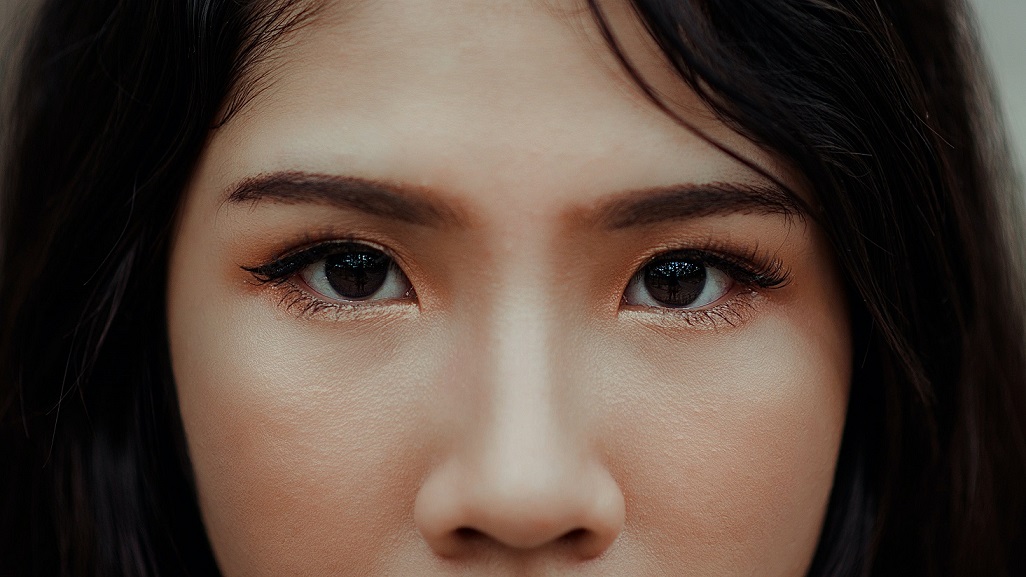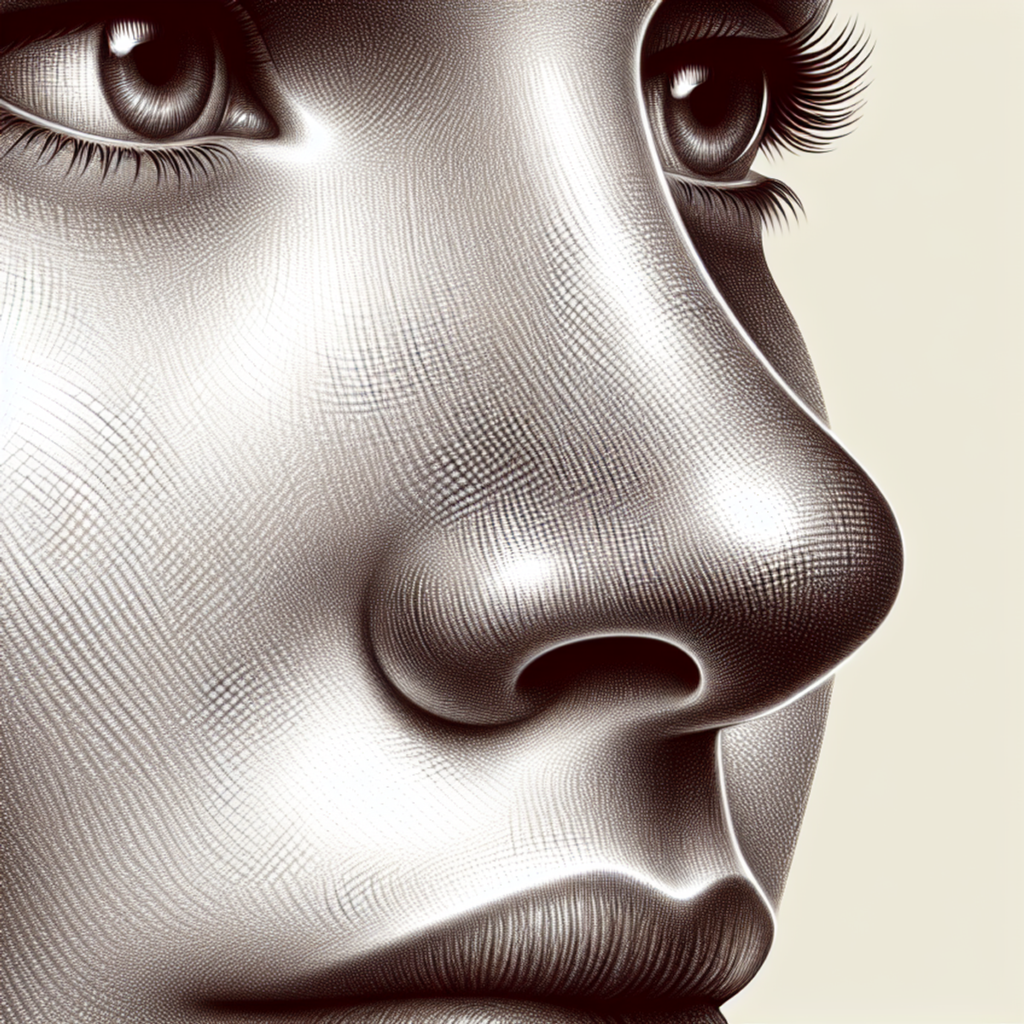Depending on where the suture is located after the incision, the types of nose surgery are divided into open and closed rhinoplasty. There are differences between closed and open methods in surgical incision locations. These; closed incisions and open cuts in the nostrils.
Open rhinoplasty is a modern progressive method
The method is characterized by applying an incision at the base of the nose through the fold of the skin between the nostrils, called “columella”. The skin is lifted from the tip of the nose along the backup. In the photo, it is noticeable that this technique allows the doctor to expose the entire nasal frame, use the maximum area of the surgical field and perform all the necessary manipulations with the tissues.
Rhinoplasty in an open way helps to increase the accuracy of each action of the surgeon and achieve the stated aesthetic result.
This method is necessarily used in technically complex cases: for example, to correct the shape after serious fractures, unsuccessful results of previous plastics, as well as when global changes are required.
A minor disadvantage of open intervention lies in the fact that the postoperative scar is outside and remains visible for some time before its healing and smoothing. Rehabilitation period after open rhinoplasty lasts a little longer than after closed.
The size and aesthetic features of the scar after open rhinoplasty depend solely on the skill of the surgeon.
With the correct technique, the seam is visually invisible after 2 months after the operation!
What is structural rhinoplasty?
Structural rhinoplasty is carried out only in an open way. This technique is actually required for significant changes in the shape of the nose and nose tip corrections. The main idea of the structural approach is the impossibility of changing the result of the operation over time.
The shape of the nose changes over time, even if you do not have rhinoplasty. The descent of the tip of the nose is the most vivid manifestation of age-related changes.
The lower lateral cartilages, which are responsible for the shape of the nose, are held on the ligamentous apparatus and are not attached to the nasal septum. After the operation (regardless of whether it was open or closed intervention), their “connection” with the soft tissues of the nose is broken this leads to the fact that in the process of scar tissue formation you will encounter an undesirable omission of the tip of the nose. This is based on a closed rhinoplasty, carried out according to the scheme “lifted the tip, and then wait until it falls.”
The basis of the concept of the method of structural rhinoplasty is the creation of a rigid “support” structure formed from the cartilage of the nasal septum, which remains after septoplasty. Details of this design are called grafts – they fix the back and the tip of the nose, they are rigidly fixed lateral cartilage.
Closed rhinoplasty-the chosen method for individual cases
The key feature of the closed technique is that all incisions are made on the inner surface of the nose. This allows the wings of the nose to close the postoperative suture.
The following types of incisions are used in the closed plastic method:
Interchondral: it is important to make this incision very carefully, to follow the seam left pronounced scar cartilage. Used when there is no need to correct the tip of the nose.
Percutaneous-convenient if you need a small correction of the tip of the nose, the most primitive access, which is used by many surgeons. Gives an unstable result, then the tip has the ability to expand and fall.
Edge is done on the edge of the wing cartilage and provides the surgeon with full control over the course of the operation.
All manipulations are performed by the surgeon through the natural external holes of the nasal passages.
During the procedure, a plastic surgeon can change the technique, if it turns out that there are factors that affect the outcome of the procedure for example, features of the structure of the nose, anatomical individual factors, thin or thick skin on the respiratory organ and so on.
If a closed correction was agreed, and upon awakening from anesthesia it turned out that an open one was made, do not rush to attack the doctor. Perhaps the greater role was played by the specific features of your body.



